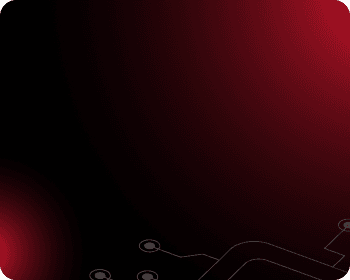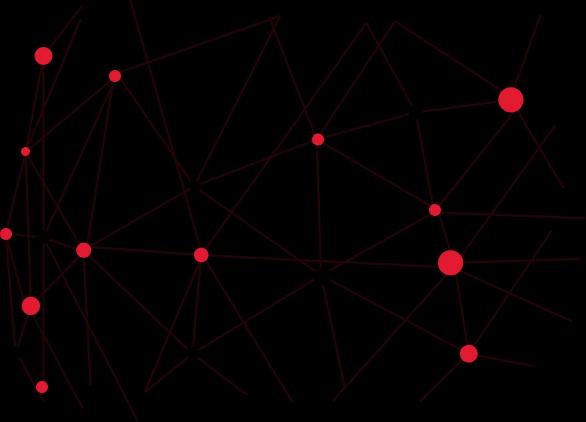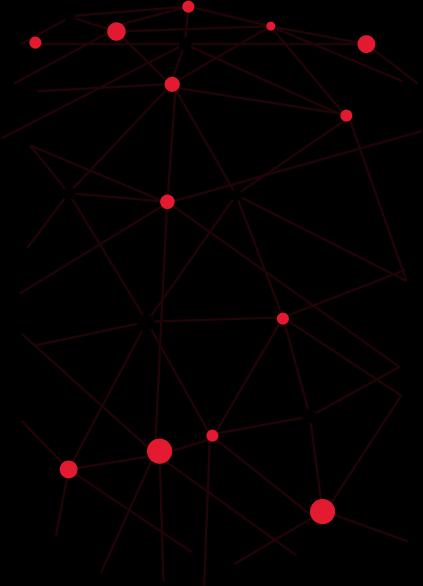
What is Timekeeping? Modern Solutions to Optimize HR Management
In the era of Industry 4.0, human resource management goes beyond merely tracking working hours - it also ensures transparency, accuracy, and efficiency. Modern timekeeping systems have become indispensable tools for businesses to optimize processes, save time, and enhance the employee experience.
This article will provide an in-depth understanding of timekeeping, from its basic concepts to traditional and modern methods, as well as the exceptional benefits of advanced timekeeping solutions. Additionally, we will introduce TEAMHUB HRM, a comprehensive HR management tool that helps businesses automate processes and improve HR management efficiency. Join Tokyo Tech Lab in exploring this topic in detail!
I. What is Timekeeping?
Timekeeping is the process of monitoring, recording, and managing the working hours of employees within an organization or company. It includes information such as start times, end times, break durations, and total working hours over a specified period. This is a crucial aspect of HR management to ensure transparency and accuracy in calculating wages, bonuses, and other employee benefits.

II. Popular Timekeeping Methods Today
Timekeeping methods today are diverse and can be categorized into three main groups: traditional timekeeping, semi-automated timekeeping, and modern timekeeping. Each method has its advantages and disadvantages, making them suitable for different business needs.
1. Traditional Timekeeping
Traditional timekeeping involves tracking employees’ working hours using simple tools like paper cards or Excel spreadsheets. These methods were widely adopted before modern technology became prevalent. While easy to implement and low-cost, traditional methods often have limitations, such as errors, lack of transparency, and unsuitability for large enterprises.
1.1 Timekeeping with Paper Cards
This long-standing method involves employees using paper cards to record their check-in and check-out times through mechanical timekeeping devices. Upon arriving at the workplace, employees insert their cards into a machine to stamp the start time and repeat the process at the end of the workday.

Advantages:
- Low Investment Costs: Mechanical timekeeping machines and paper cards are inexpensive, suitable for small businesses with limited budgets.
- Ease of Use: No technical knowledge is required; employees simply insert their cards to record times.
- Quick Setup: The system is straightforward to implement, requiring no complex configuration.
Disadvantages:
- Prone to Errors and Fraud: Employees may forget to clock in or out, or even ask others to do it for them, leading to inaccurate data.
- Time-Consuming and Labor-Intensive: Managers must manually collect and calculate data from paper cards, increasing the risk of mistakes.
- Long-Term Operating Costs: Regular card printing and machine maintenance can become costly over time.
- Unsuitable for Large Businesses: This method is inconvenient for organizations with a large workforce or multiple shifts.
1.2 Manual Timekeeping with Excel
Excel is a familiar and widely used tool for managing data, including timekeeping. This method involves using Excel spreadsheets to track working hours, replacing manual record-keeping with notebooks. Managers create Excel sheets with columns for employee names, work dates, check-in times, check-out times, and manually input daily data.

Advantages:
- Flexibility: Timekeeping spreadsheets can be customized to meet the specific needs and processes of each business.
- No Equipment Investment: Businesses only need a computer with Excel software, avoiding additional costs.
- Easy Data Retrieval: Excel spreadsheets can store and organize data over time, enabling straightforward reporting.
Disadvantages:
- Error-Prone Data Entry: Manual data input increases the risk of mistakes, omissions, or inaccuracies.
- Time-Intensive: For larger teams, entering and verifying data requires considerable time and effort.
- Limited Automation: Excel does not automatically track working hours; the process relies entirely on human input.
- Scalability Challenges: For businesses with large workforces or complex management requirements, Excel becomes inadequate due to its feature limitations and lack of integration with other systems.\
2. Semi-Automated Timekeeping
Semi-automated timekeeping bridges the gap between traditional and modern methods, leveraging technological devices to partially automate the timekeeping process. This method utilizes devices such as magnetic card readers or fingerprint scanners to record employees’ working hours. However, data aggregation and processing often still require human intervention.
2.1 Timekeeping with Magnetic Cards
Employees are issued magnetic cards embedded with unique identification chips. Upon arriving at work, they swipe the card through a reader to log their check-in time and repeat the process when leaving.

Advantages:
- Automated Time Recording: The reader automatically records entry/exit times, reducing errors compared to manual methods.
- Cost-Effective Investment: Magnetic card timekeeping systems are affordable and suitable for small and medium-sized businesses.
- Enhanced Accuracy: Fixed identification codes on cards minimize input errors.
- Scalability for Larger Teams: The system can store information for hundreds of employees, making it viable for medium-sized businesses.
Disadvantages:
- Susceptible to Fraud: Employees may ask colleagues to swipe cards on their behalf, leading to inaccurate data without managerial oversight.
- Card Durability Issues: Magnetic cards can be lost or damaged, especially with prolonged use.
- Limited Data Integration: Time records often need to be exported and manually processed using other software.
2.2 Timekeeping with Fingerprint Scanners
Fingerprint scanners use biometric recognition technology. Employees register their fingerprints in the system. To check in or out, they place their finger on the scanner, which matches their fingerprint with stored data and logs the time.

Advantages:
- Fraud Elimination: Fingerprints cannot be falsified or substituted, ensuring absolute transparency.
- No Need for Cards: Employees do not need to carry magnetic cards, reducing the risk of loss or forgetfulness.
- Accurate and Reliable Data: Biometric recognition is highly precise, ensuring accurate timekeeping.
- Easy Integration with Management Software: Data from fingerprint scanners can be synchronized with timekeeping or HRM software to streamline HR processes.
Disadvantages:
- Higher Initial Investment: Fingerprint scanners are generally more expensive than magnetic card systems.
- Recognition Limitations: Dirty, wet, or injured fingerprints may reduce recognition accuracy.
- Peak-Time Congestion: Large groups of employees needing to check in simultaneously can lead to delays.
- Maintenance Requirements: Fingerprint sensors are prone to dust and wear, requiring regular cleaning and maintenance.
3. Modern Timekeeping
Modern timekeeping methods are increasingly popular due to technological advancements. These systems not only enhance management efficiency but also improve user experience with convenience, high security, and seamless integration with other HR management software. Modern timekeeping solutions include facial recognition, iris scanning, GPS-based timekeeping, and online timekeeping software.
3.1 Facial Recognition
Facial recognition timekeeping systems use biometric technology to identify employees. When employees arrive at work, they simply stand in front of a camera that scans their face. The system compares the scanned face with pre-stored data and automatically logs entry/exit times without requiring employee interaction.

Advantages:
- Contactless Operation: Employees do not need to touch any device, minimizing the risk of bacteria and virus transmission—particularly important during pandemics.
- High Security: Facial recognition systems are highly accurate and difficult to falsify, ensuring that substitutes or proxies cannot manipulate attendance.
- Time-Saving: Recognition and time logging are swift, reducing employee waiting times.
- System Integration: Facial recognition systems easily integrate with HR management or payroll software, automating various processes.
Disadvantages:
- High Initial Cost: Facial recognition technology requires significant upfront investment in hardware and software, posing challenges for small and medium-sized businesses.
- Environmental Requirements: The system needs well-lit and unobstructed environments to ensure accurate recognition. In low-light or obstructed conditions, accuracy may decline.
- Privacy Concerns: Some employees may feel uncomfortable knowing their facial data is being collected and stored.
3.2 Iris Recognition
Iris recognition is an advanced biometric identification method that uses the unique features of an individual’s iris for authentication. The system scans the employee’s iris as they look into the scanner. The captured iris data is then compared with the pre-stored information in the system to identify the employee and log their check-in/out times.

Advantages:
- Extremely High Security: The iris is a highly unique biometric feature that remains stable over time, preventing fraudulent activities.
- High Accuracy: Iris recognition is minimally affected by external factors such as clothing or changes in facial structure, offering superior precision.
- Contactless Operation: Like facial recognition, iris scanning does not require physical contact, minimizing the risk of disease transmission.
Disadvantages:
- Very High Investment Cost: Iris recognition systems require advanced and expensive scanning devices, making them difficult for many businesses to adopt.
- Environmental Requirements: Scanning the iris requires appropriate lighting and an unobstructed view to ensure accurate identification.
- Potential Resistance: Employees with eye-related issues or specific physiological conditions may face challenges during the scanning process.
3.3 GPS-Based Timekeeping
GPS-based timekeeping uses global positioning technology to determine an employee’s location when they check in or out of work. Employees log into a timekeeping system through a mobile app, and their location is automatically recorded and compared with a pre-registered worksite location. If the employee is within the designated area, the system logs their check-in/out times.

Advantages:
- Accurate Location Verification: GPS timekeeping allows businesses to easily verify whether employees are at the designated workplace when clocking in.
- Convenient for Remote Workers: This method is ideal for employees working remotely or at multiple locations, as they can clock in from anywhere with GPS access.
- Fraud Prevention: The system requires real-time GPS confirmation, making it difficult to manipulate attendance data.
Disadvantages:
- Dependence on GPS Signal: GPS timekeeping relies on signal strength and internet connectivity, which can be disrupted in weak-signal areas, leading to delays or inaccuracies.
- Privacy Concerns: Some employees may feel uncomfortable with continuous location tracking during work hours.
3.4 Online Timekeeping Software
Online timekeeping software is an automated solution that manages employee work hours through a web-based or mobile platform. Employees simply log in to the software, and the system automatically records their check-in/out times. Additional features include reporting, data analysis, and automated alerts for tardiness or missed timekeeping.

Advantages:
- High Flexibility: The software can be accessed from any device with an internet connection, making management more convenient and adaptable.
- System Integration: It can be integrated with HR, payroll, and ERP systems to enhance automation and streamline business processes.
- Data Reporting and Analysis: The software generates detailed reports on work hours, absences, and tardiness, helping businesses monitor and manage their workforce effectively.
Disadvantages:
- Internet Dependency: The software cannot function or log data in real-time if there is an internet outage.
- Employee Training Requirement: Employees need guidance to use the software, especially if it has complex features or an unintuitive interface.
III. Detailed Comparison of Timekeeping Methods
| Criteria | Traditional Timekeeping | Semi-Automated Timekeeping | Modern Timekeeping |
| Accuracy | Low: Prone to errors due to manual recording or fraud. | Medium: Higher accuracy but still device-dependent (e.g., fingerprint or magnetic card). | Very High: Biometric recognition and GPS ensure near-perfect accuracy. |
| Implementation Cost | Low: Minimal investment, mainly paper or Excel-based. | Medium: Requires purchasing devices like fingerprint scanners or magnetic card readers. | High: Investment in advanced software and devices (e.g., cameras, iris scanners). |
| Convenience | Low: Manual recording is time-consuming. | Medium: Faster timekeeping but occasional device errors need handling. | Very High: Automation and remote work capabilities make it highly convenient. |
| Security | Very Low: Easily manipulated through proxy timekeeping. | Medium: Improved but still vulnerable to fraud (e.g., borrowed cards, fake fingerprints). | Very High: Biometric and GPS technologies are nearly fraud-proof. |
| Flexibility | Low: Rigid setup, challenging to scale or adapt. | Medium: Some flexibility but limited for remote employees. | High: Easily integrates with HRM, ERP systems, and supports remote work. |
| Timekeeping Speed | Very Limited: Requires manual entry into Excel or ledgers. | Basic: Data stored in devices but needs manual export. | Automated: Cloud-synced data with instant, detailed reports. |
| Suitable for Business Types | Small businesses or low-demand operations. | Medium-sized businesses with stable employee counts. | All types, especially large organizations, remote teams, or complex management needs. |
Each timekeeping method has its own advantages and disadvantages, and choosing the right method depends on the specific needs and scale of the business. Therefore, to select a suitable timekeeping solution, businesses need to carefully consider factors such as cost, security, flexibility, and the unique nature of their employees' work. Modern solutions are an ideal choice for businesses aiming for professionalism and efficiency in human resource management.
IV. Benefits of Modern Timekeeping Systems for Businesses
Modern timekeeping systems are not just tools for tracking working hours; they play a crucial role in enhancing operational efficiency and improving the experiences of both businesses and employees. These benefits can be observed from two perspectives: the business and the employees.
1. For Businesses
Automating Processes and Saving Time: The adoption of modern timekeeping systems enables businesses to automate the entire process of tracking employee working hours. Instead of spending time on manual data entry or handling physical timesheets, automated systems record employees' check-in and check-out times as they use identification devices like fingerprint scanners, facial recognition systems, or online timekeeping software. This not only saves time but also reduces the administrative workload, allowing managers to focus on more strategic tasks such as growth, revenue optimization, or workflow improvements.

Enhancing Transparency and Reducing Errors: Modern timekeeping methods accurately log employee entry and exit times, creating a transparent, easily auditable system. By automating the timekeeping process, data is stored and reported with precision, free from human errors. This significantly reduces mistakes such as incorrect time entries or miscalculation of overtime hours. Additionally, the transparency of the system allows businesses to generate reports for tax authorities or auditors effortlessly, ensuring regulatory compliance and mitigating legal risks.
Better Management with Statistical Data: Modern timekeeping systems allow businesses to easily collect, analyze, and report employee working hours data. These insights provide a deeper understanding of productivity, employee compliance with work schedules, and other factors affecting performance. Businesses can leverage this data to make strategic decisions, optimize resources, and improve operational efficiency.
2. For Employees
Seamless and Accurate Experience: Modern timekeeping systems provide employees with a seamless and straightforward experience. Methods like facial recognition or fingerprint scanning allow employees to record their working hours quickly with minimal effort. This eliminates the need for waiting in queues to sign timesheets or worrying about manual timekeeping errors. The streamlined process saves time and ensures employees can start their work promptly and hassle-free.
Reducing Payroll Discrepancies: Automated timekeeping methods ensure absolute accuracy, minimizing errors in calculating working hours, leave days, or overtime. This alleviates employees' concerns about payroll inaccuracies, fostering trust in the company. When discrepancies are eliminated, employees feel more secure about their monthly earnings, reducing work-related stress and creating a sense of fairness as every hour worked is accounted for.

Encouraging Responsibility and Self-Discipline: Using advanced timekeeping technology not only ensures precision but also promotes a sense of responsibility among employees for tracking their working hours. Knowing that modern systems monitor and log each check-in and check-out, employees are more likely to manage their time effectively and improve productivity. This fosters punctuality, work efficiency, and adherence to company policies.
Improving Employee Experience: Implementing modern timekeeping systems enhances employees’ overall work experience. By adopting advanced HR management technologies, companies demonstrate their investment in and care for their workforce, creating a professional, efficient, and employee-friendly environment. These systems also allow employees to easily track and verify their work-related time records, giving them a sense of control and proactivity in their work life.
IV. TEAMHUB HRM: A Modern Timekeeping Solution for Effective Workforce Management
TEAMHUB HRM is a comprehensive human resource management software that provides an advanced and efficient timekeeping solution for businesses. With outstanding features, TEAMHUB HRM not only optimizes timekeeping processes but also automates numerous HR management tasks, saving time and minimizing errors for enterprises.
Automated Timekeeping and Payroll Calculation: One of the standout features of TEAMHUB HRM is its ability to automate timekeeping and accurately calculate payroll, including overtime, part-time hours, and leave policies. The software records employees' working hours and automatically calculates salaries with precision, significantly reducing errors and manual effort from the HR department.
Facial Recognition for Timekeeping: TEAMHUB HRM utilizes facial recognition technology to ensure fast and accurate timekeeping. Employees' facial images are registered in the system, and upon arrival, they only need to stand in front of the timekeeping device for automatic recognition. In cases where facial recognition fails (e.g., poor lighting conditions), employees can submit timekeeping requests via email, ensuring flexibility and accuracy while minimizing errors and fraudulent activities.

Employee Record Management: TEAMHUB HRM offers a centralized and comprehensive system for storing employee records. All information, from work history and educational background to salary and benefits, is easily accessible and updatable. This feature allows managers to efficiently track and make informed decisions in workforce management.
Automation of HR Processes: TEAMHUB HRM automates complex HR processes, including attendance tracking, leave management, and employee benefits administration. This automation minimizes human intervention, ensuring quick and accurate management processes.
Integration with Work Communication Tools: TEAMHUB HRM integrates with popular communication tools like Slack and Google Chat to facilitate seamless information sharing. Both employees and HR departments can promptly receive notifications about timekeeping, payroll, or other important updates, improving operational efficiency.
Asset Management: The software also includes an asset management feature, enabling businesses to track and allocate resources effectively. This reduces losses, ensures proper asset utilization, and optimizes resource management.
High-Level Security: TEAMHUB HRM prioritizes the security of corporate HR data. With advanced security measures, it ensures the safety of employee information and sensitive data, protecting against potential breaches or losses.
By leveraging TEAMHUB HRM, businesses gain access to a modern timekeeping system and a comprehensive HR management platform, optimizing processes and improving overall operational efficiency.
V. Important Considerations for Implementing a Timekeeping System in Businesses
When implementing a timekeeping system, certain critical factors must be considered to ensure the successful adoption of technology:
Select a System That Matches Business Scale: Each business has unique characteristics and requirements for HR management. Choosing a timekeeping system that aligns with the company's size and actual needs is essential. Advanced systems like TEAMHUB HRM can be customized to accommodate specific requirements, from in-office timekeeping to remote work support.
Prioritize Flexibility and Easy Integration: A vital factor in selecting a timekeeping system is its ability to integrate with other software within the business's HR management ecosystem. The system should synchronize with tools for payroll, work schedules, leave management, and other management software to ensure seamless workflows.
Ensure Robust Technical Support and Maintenance: Businesses must ensure that their chosen timekeeping software and accompanying devices are supported by professional technical services. Quick resolution of issues, such as system failures or hardware malfunctions, is crucial to prevent disruptions in employees’ workflow. Partnering with a reputable service provider with a responsive support team is essential.
Maintain High Security Standards: Employee working hours and personal information are sensitive data requiring stringent security measures. Timekeeping systems should incorporate advanced security features, such as data encryption and two-factor authentication (2FA), to protect user data.
Train Employees to Use the System: Effective system implementation requires proper training for employees. Familiarity with the system’s features will help both staff and HR departments save time and avoid potential issues during usage.
Regular Evaluation and Optimization: After deployment, businesses should monitor the system's performance, gather feedback from employees and HR departments, and make necessary adjustments. This ensures the system operates efficiently and continues to meet the evolving needs of the company.
VI. Conclusion
Timekeeping is an indispensable component of HR management, directly impacting operational efficiency and employee satisfaction. Advances in technology have significantly enhanced timekeeping methods, evolving from traditional systems to modern solutions that offer high accuracy, time savings, and flexible management.
Selecting the right timekeeping method not only streamlines management processes but also enhances professionalism, fairness, and transparency. The adoption of advanced solutions, such as facial recognition, GPS-based timekeeping, or online management software, is a major step toward aligning with technological trends and fostering sustainable business growth.
Invest in an efficient timekeeping system today to optimize HR management and elevate your business!
SHARE THIS ARTICLE
Author
Huyen TrangSEO & Marketing at Tokyo Tech Lab
Hello! I'm Huyen Trang, a marketing expert in the IT field with over 5 years of experience. Through my professional knowledge and hands-on experience, I always strive to provide our readers with valuable information about the IT industry.
More Posts
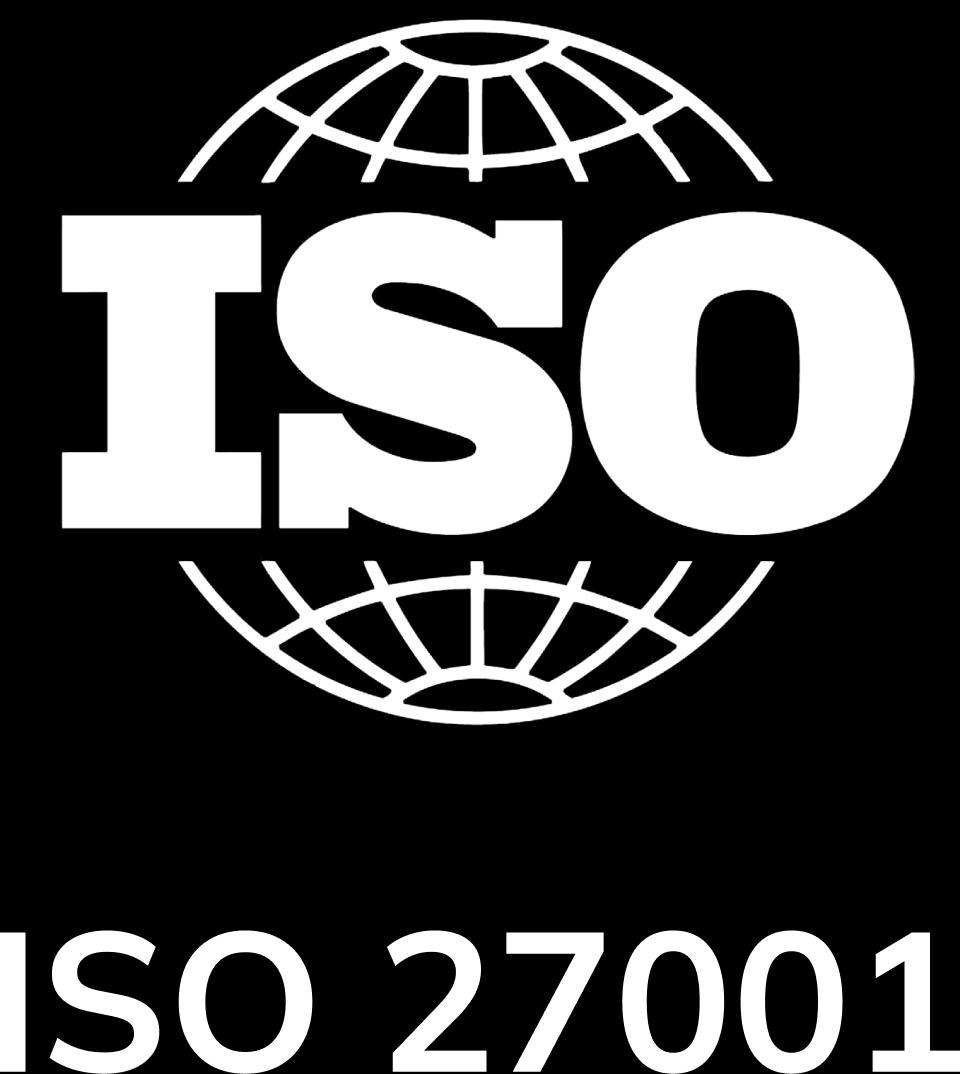
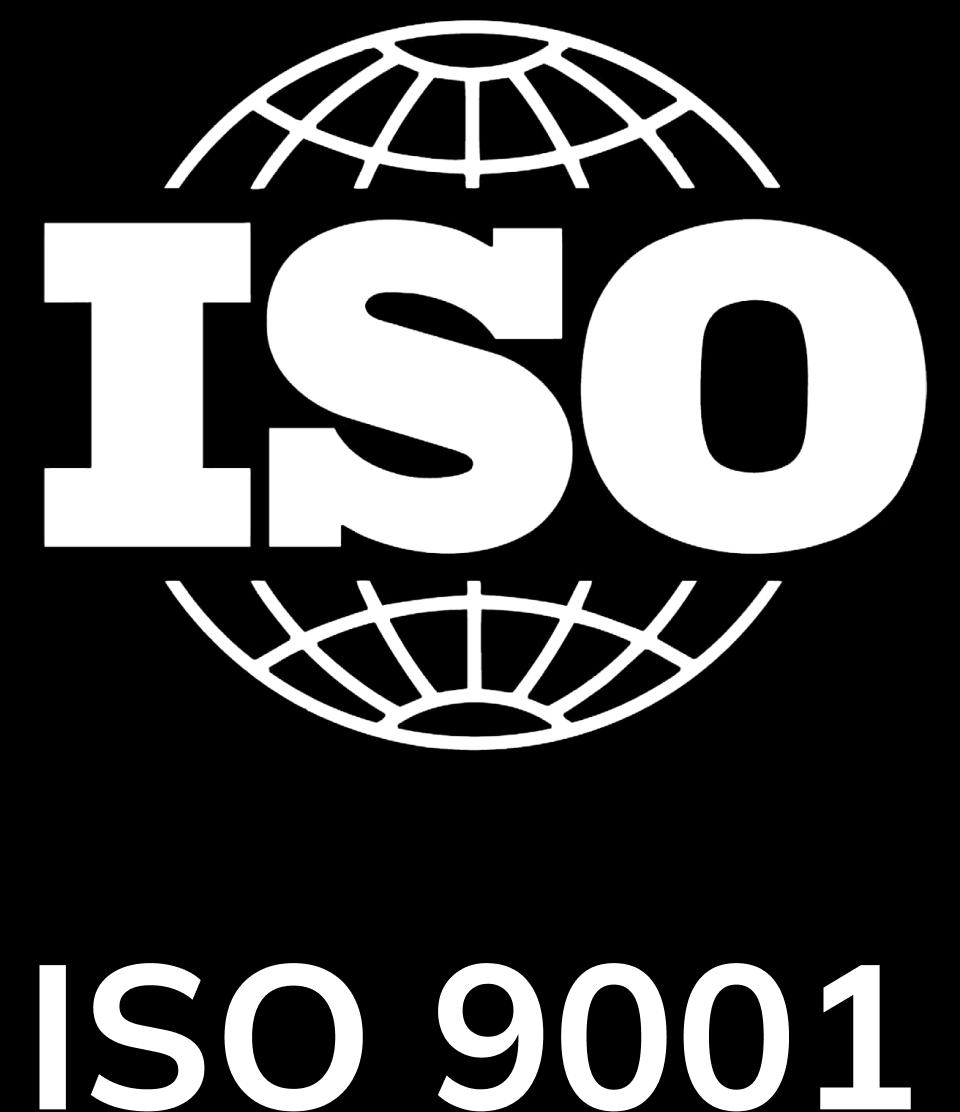
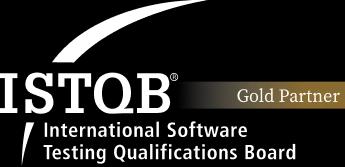
About Tokyo Tech Lab
Services and Solutions
Contact us
© 2023 Tokyo Tech Lab. All Rights Reserved.
